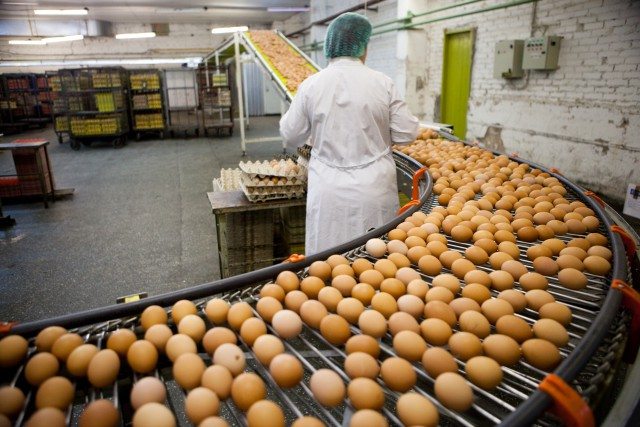There are over 37 million laying hens in Germany producing 11 billion eggs every year, giving an average consumption of around 218 eggs per person and year, states the German Federal Statistical Office.
It is reported that consumers in Germany buy most eggs in the run up to the Easter holidays.
TÜV SÜD’s current consumer survey on eggs from different types of egg production shows which type of eggs they prefer.
According to the representative survey, 38% of respondents prefer free-range eggs; 19% regularly opt for barn eggs.
About 18% prefer organic eggs as 12% of respondents state that the form of hen husbandry has no influence on their purchase decisions.
As many as 2% keep hens and do not buy any eggs at all.
The Easter festive season as the purpose of use and time of purchase plays virtually no part in purchase decisions, finds the survey.
Only 16% of consumers buy different types of eggs for dyeing or decorating from those they typically use for baking or cooking.
Over 90% of respondents use eggs from the same type of egg production for Easter as they use during the rest of the year.
Since 2005, the type of egg production has been declared by being stamped directly on the egg, as the first number of the ‘egg code’.
The number 0 means organic farming, 1 free-range, 2 barn and 3 cage.
The second abbreviation indicates the country of origin.
Today, 71% of the eggs consumed in Germany are also produced there.
Two in three hens are barn hens (63%), and 14.5% of laying hens are free-range hens.
“All forms of hen husbandry must comply with the legal requirements concerning animal welfare, environmental protection, water conservation and air quality”, says Dr Andreas Daxenberger, food expert at TÜV SÜD.
“In addition, egg farmers must ensure hygiene is maintained in hen houses.”
The applicable provisions are found in the Laying Hens Welfare Regulation.
The differences between the types of hen husbandry primarily involve the types of housing, the space available per animal, the feed and the size of the farm.
Consumers thus consciously opt for a specific type of husbandry in the purchase decisions they make.










